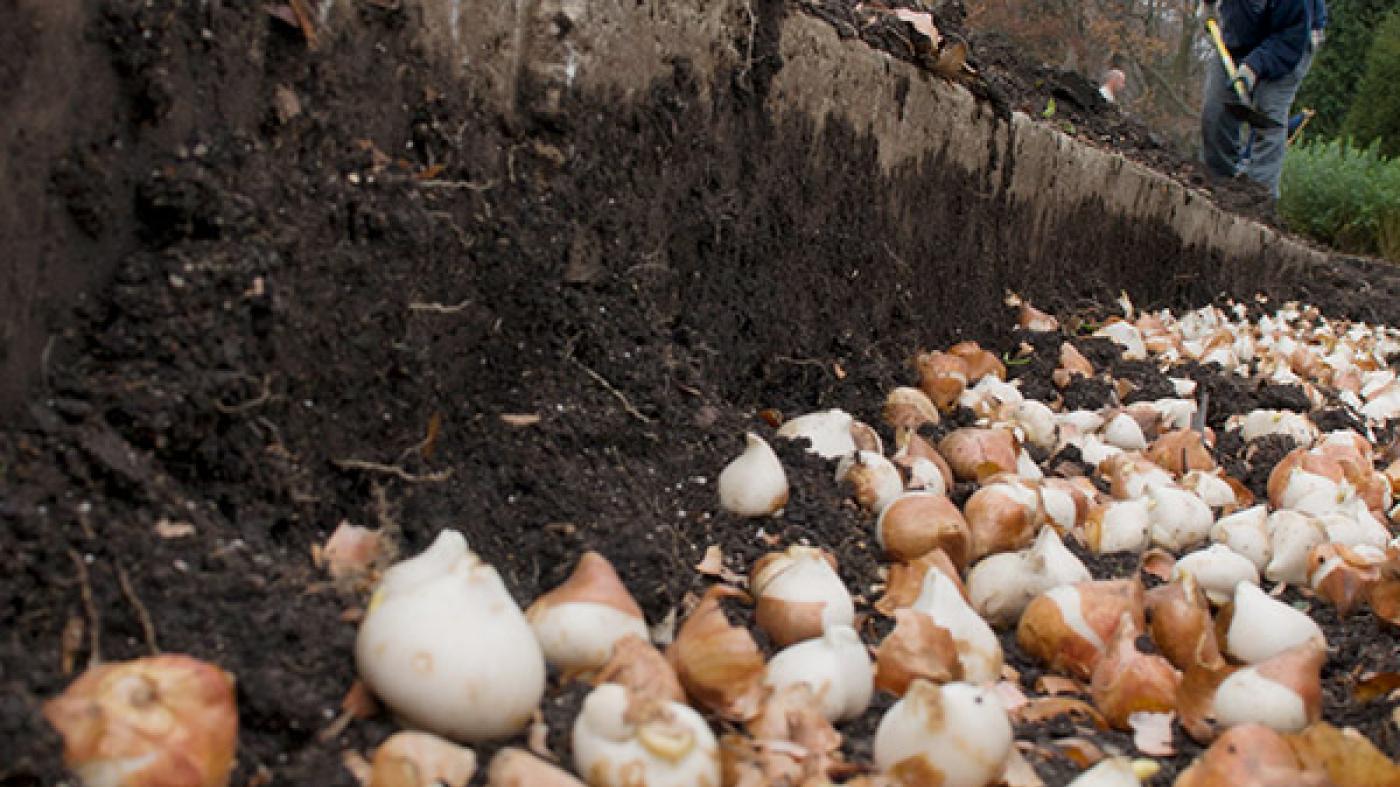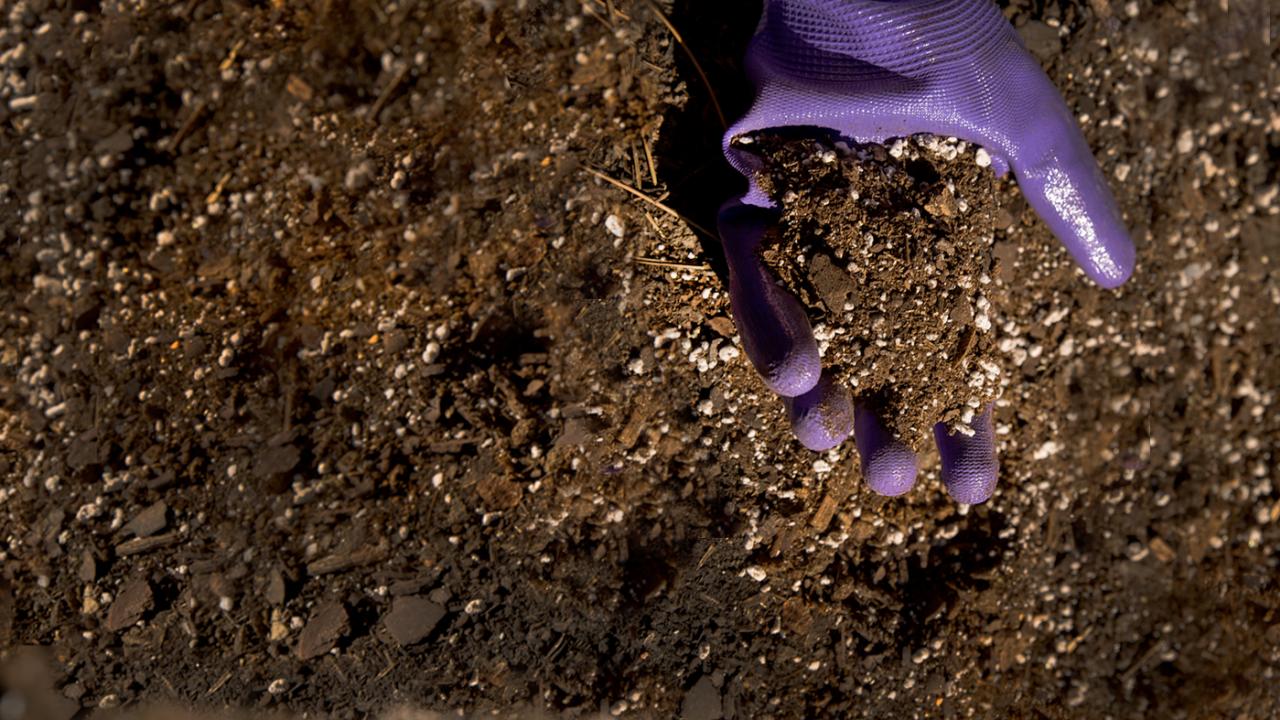
Annual and Perennial Care
Annual and Perennial Care
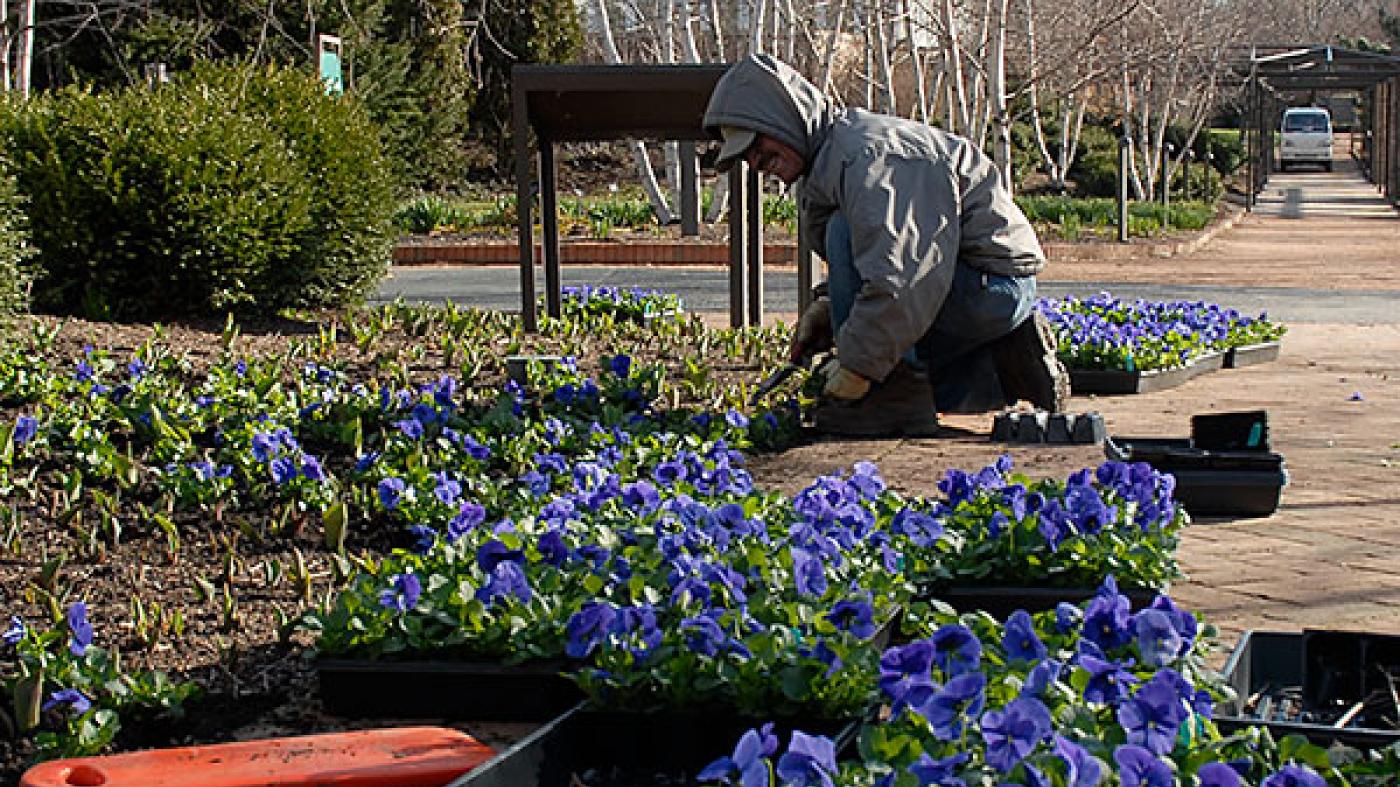
Annual and Perennial Care
Plant perennials, hardy ornamental grasses, and roses. When planting bare-root roses, soak the roots in a bucket of water for several hours before planting. Be sure to choose a full-sun site before digging the hole. Remember that as soon as tall trees leaf out, full-sun areas can become partly shaded.
Divide mature summer- and fall-blooming perennials when they are 4 to 6 inches tall. Do not divide day lilies (September), Oriental poppies (July), or iris (late July) at this time.
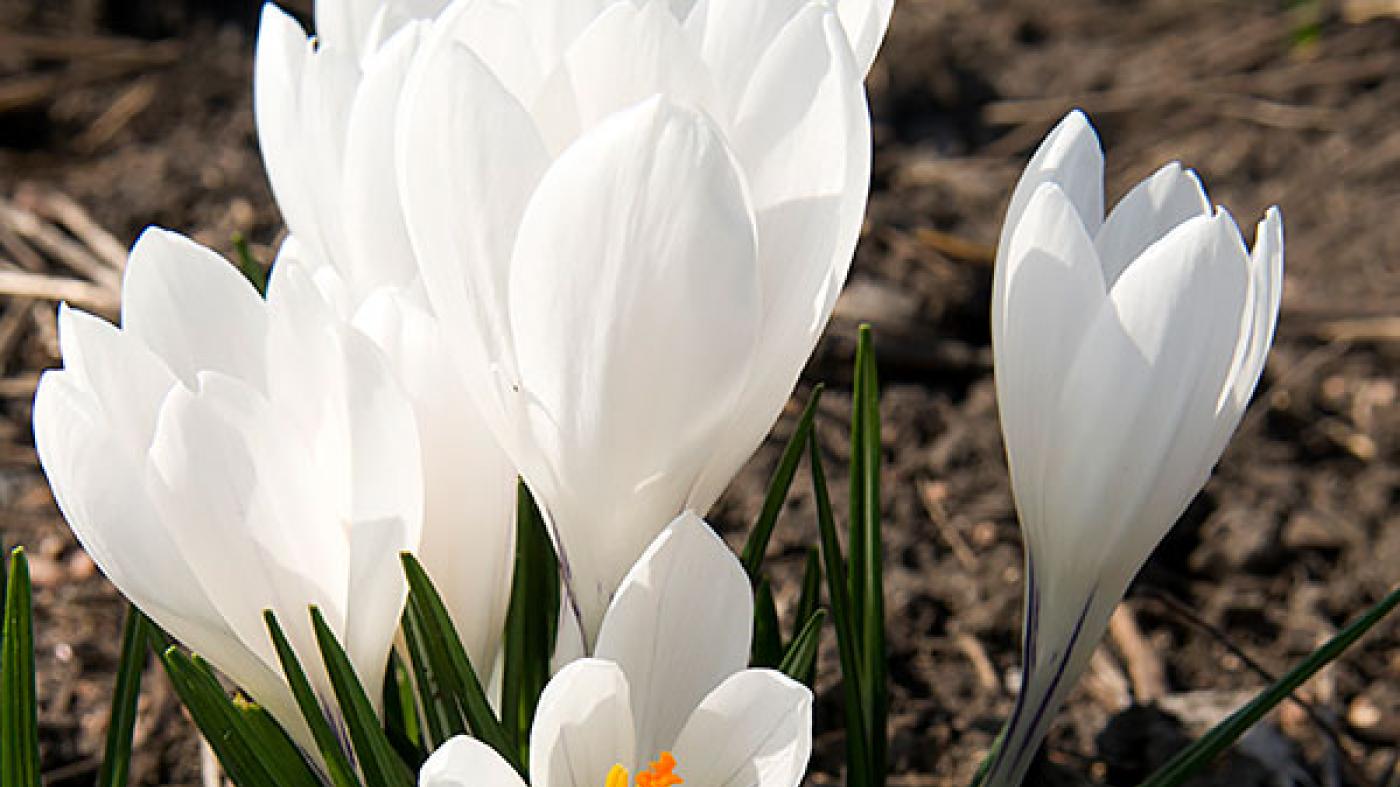
Annual and Perennial Care
Look for early spring-blooming bulbs (sometimes beneath the snow or ground cover). If necessary, divide clumps of old, nonblooming bulbs or fertilize with a 5-10-5 granular fertilizer now and again in fall. Mark the spots with small stakes for locating next fall.
Gently press back any perennials that heaved out of the ground over the winter. Mulch those plants with several inches of shredded material.
As days warm up, gradually pull back mulch from around perennial crowns.
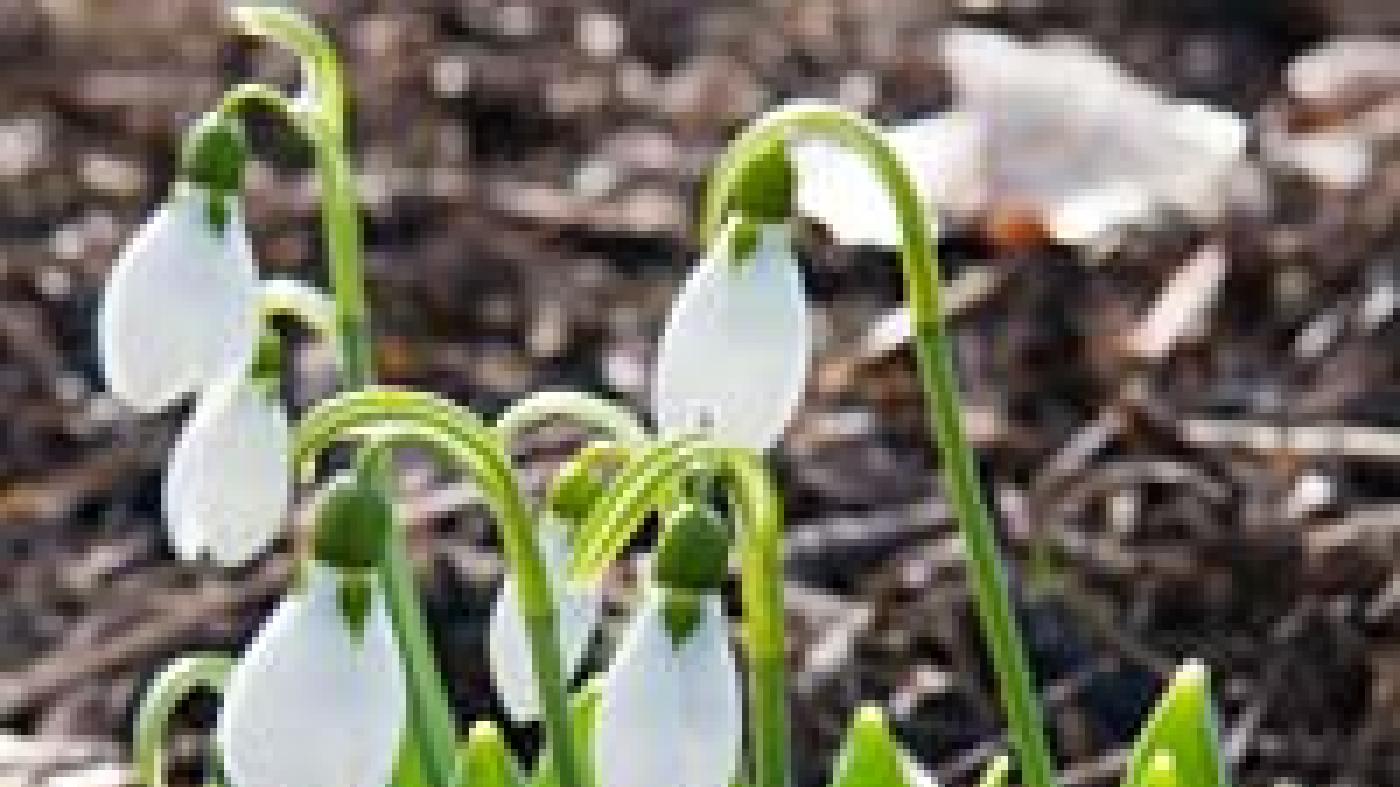
February Annual and Perennial Care
During unseasonably warm periods, early bulbs might sprout prematurely, especially those planted with a southern exposure, close to a house or garage. The first greenery to show is foliage, with flower buds appearing much later in the bulb’s growth. Subsequent cold weather might damage the edges of the foliage, but unless the flower bud has appeared, it will not affect the future flowering or health of the bulb.
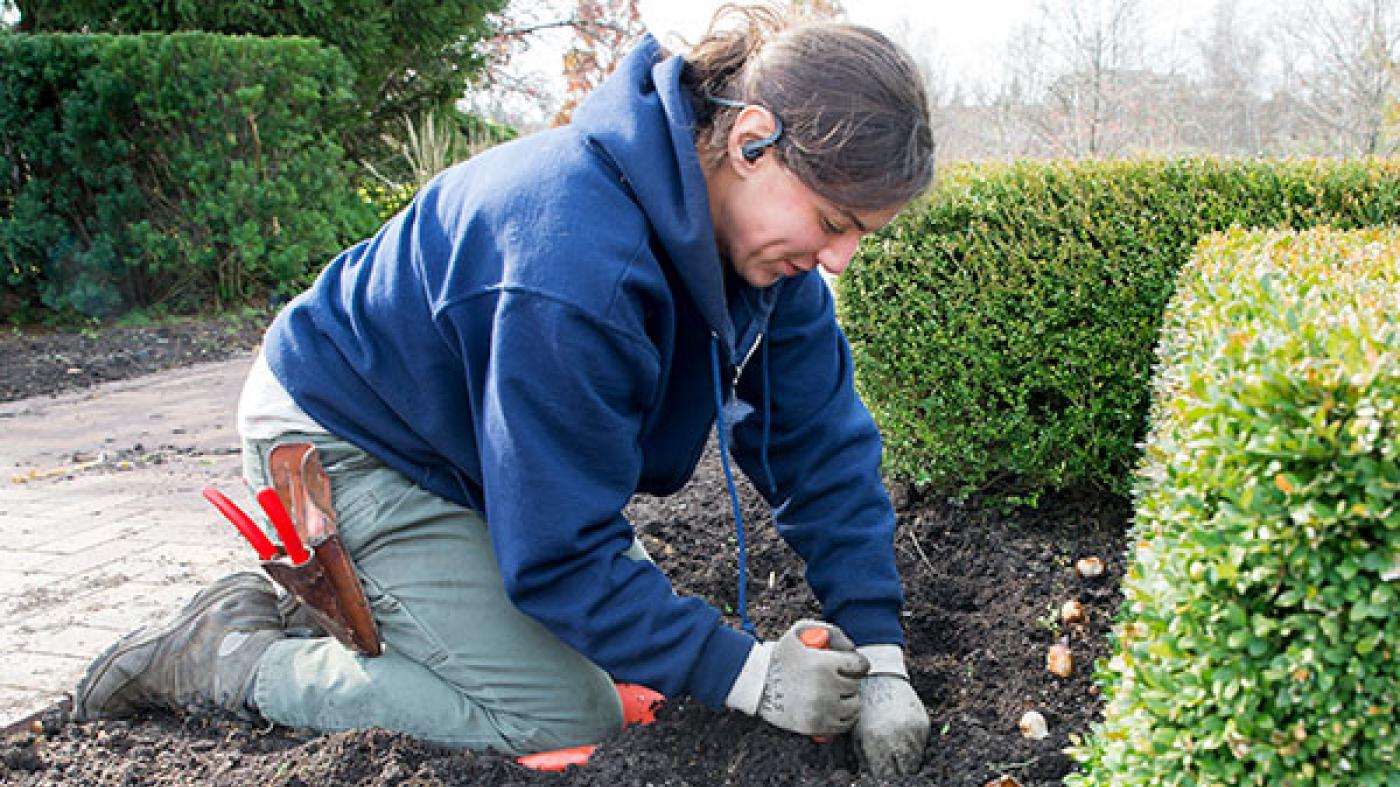
Annual and Perennial Care
After a killing frost, remove annual plant material from your garden and add it to your compost heap.
Any soilless mix from window boxes or containers can be discarded or kept aside for one more year. If used for a second year, mix equal parts old mix with fresh soilless mix.
Clean and sterilize containers before storing over winter.
Do not mulch your perennial garden area until the ground has frozen hard later in November.
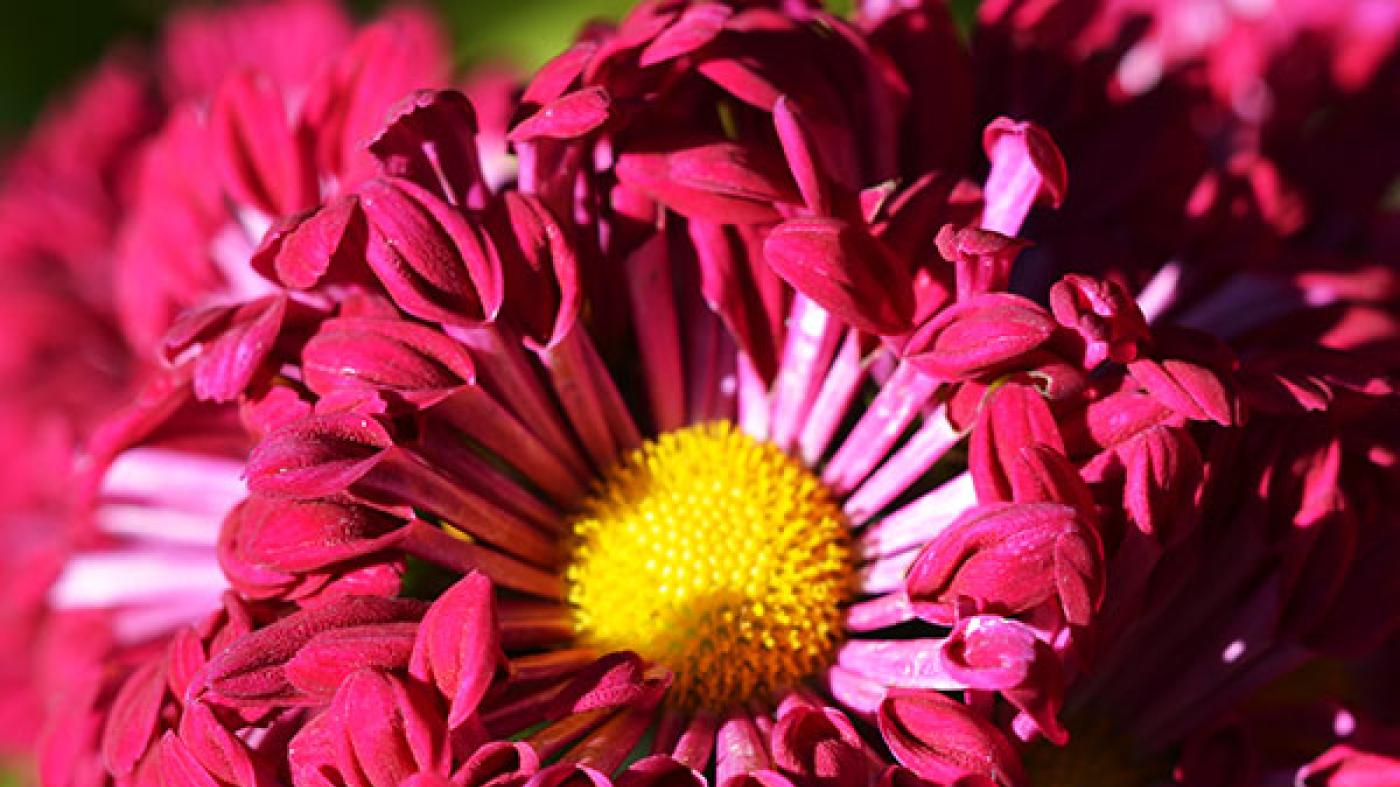
Annual and Perennial Care
Continue to deadhead both annuals and perennials to encourage additional flowers.
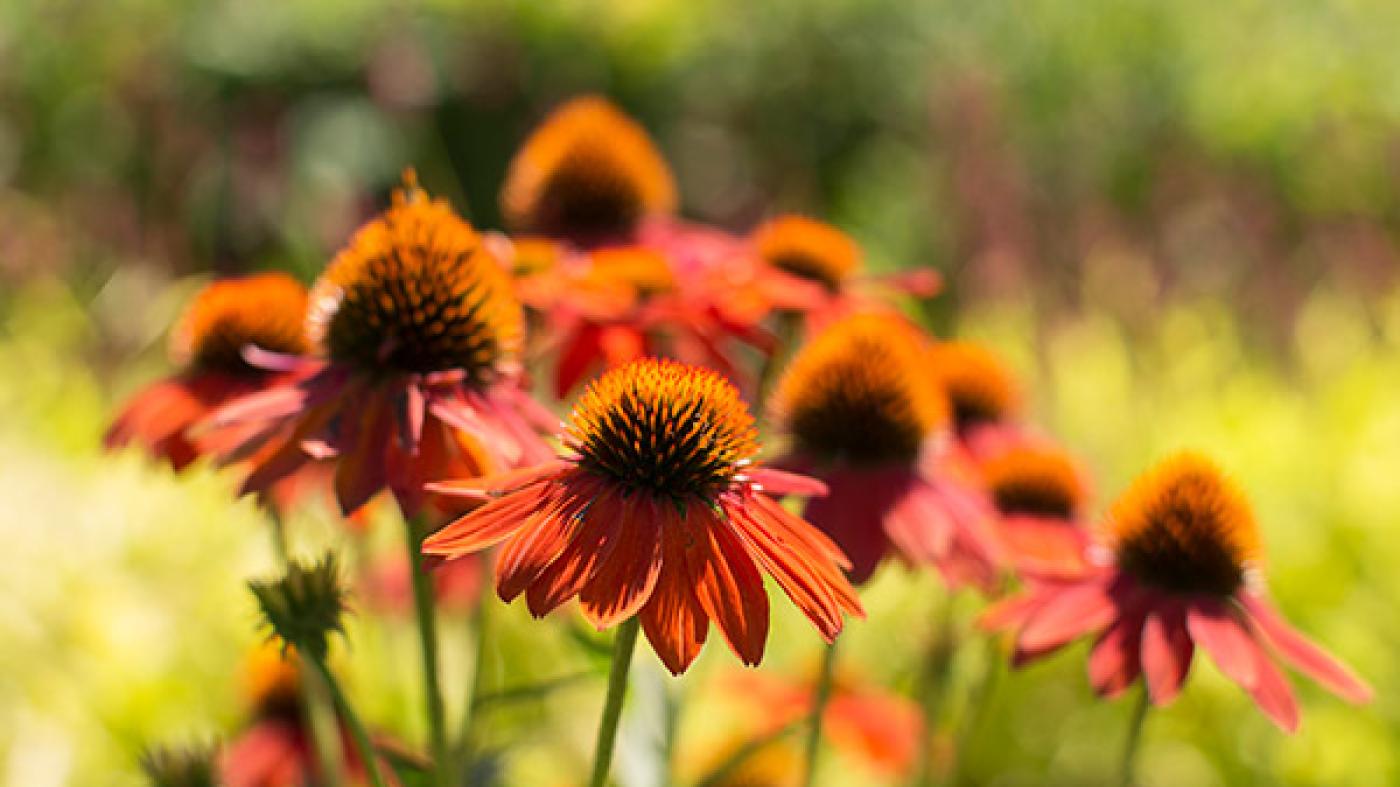
Annual and Perennial Care
Continue to deadhead annuals and perennials to encourage additional flowers.
Allow certain dried flowerheads to remain standing for fall and winter interest, including astilbe, coneflower, globe thistle, and others.
Remove yellowed or dried stems and flower stalks of lilies by gently pulling them from the underground bulbs.
Place small stakes in the garden bed where tulips, narcissus, lilies, alliums, and other fall-planted bulbs will go.
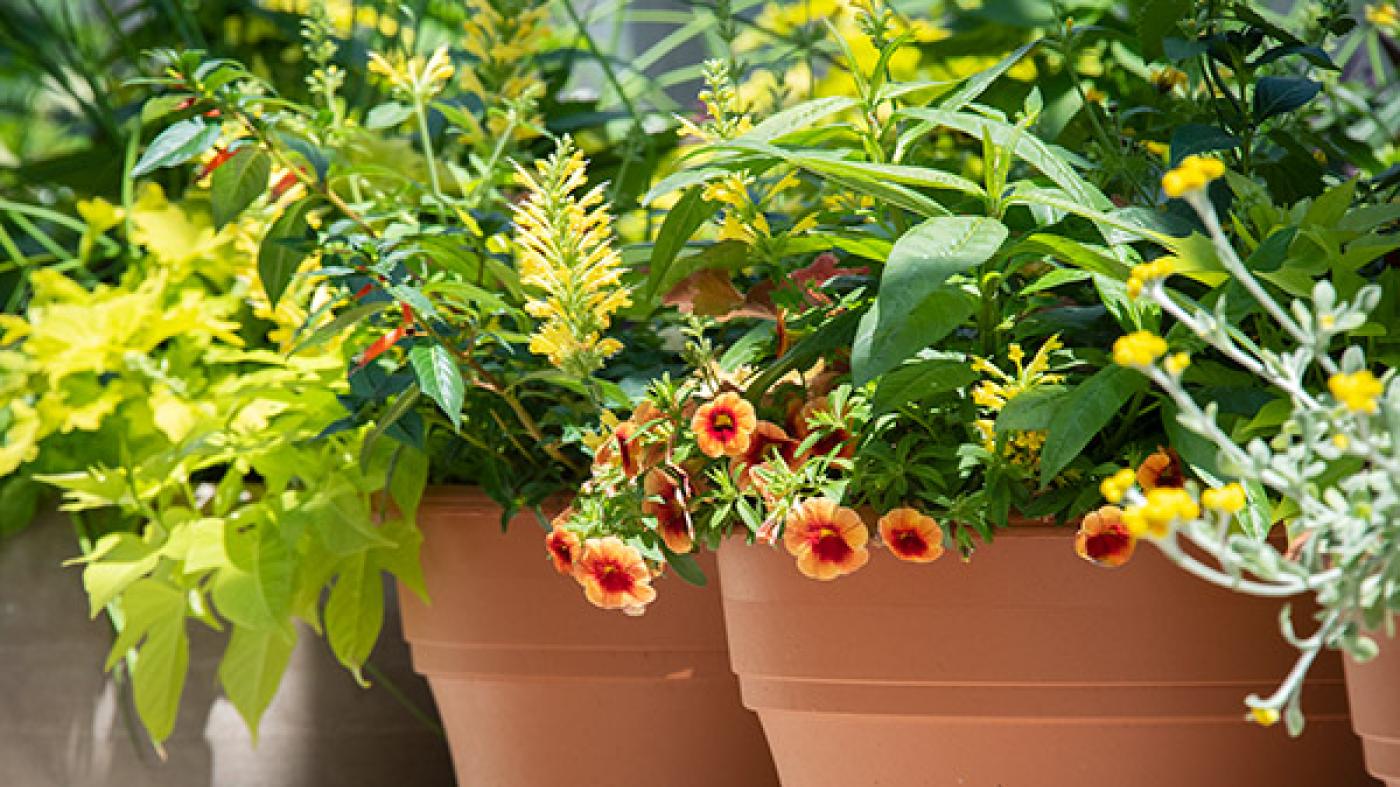
Annual and Perennial Care
To promote a second, late-summer flower show, cut back, shear, or remove flower spikes from the following early blooming perennials: catmint, geraniums, salvia, and delphiniums.
Annuals in containers and hanging baskets may require daily watering during hot or windy weather. Continue to fertilize container plants with half-strength balanced liquid, but avoid applying in the heat of the day or during long, hot dry spells. Always water plants before fertilizing.
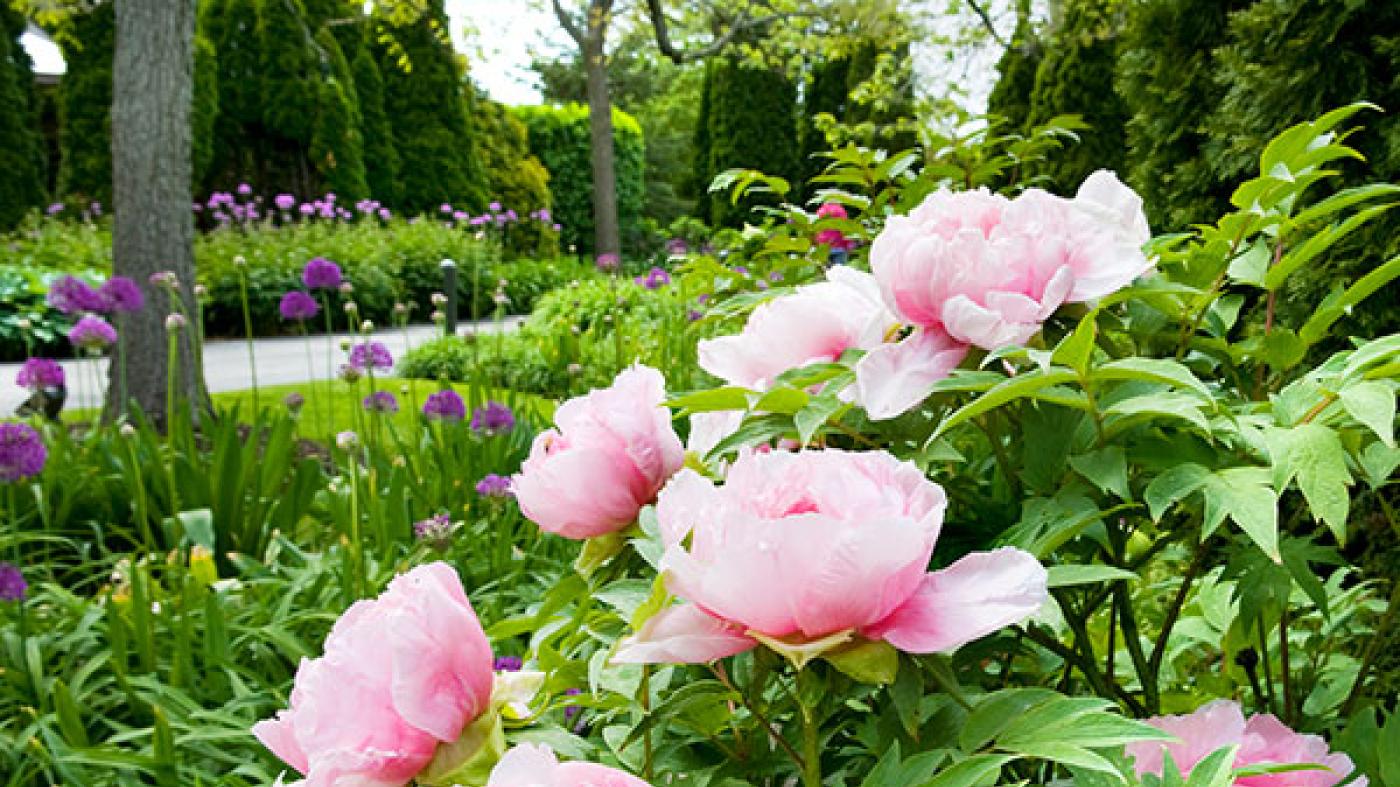
Annual and Perennial Care
When cutting peony blossoms to bring indoors, remove as few leaves from the plant as possible. Remove spent blooms after they are finished flowering.
Remove spent blooms of annuals and some perennials to encourage new flower formation. Stake tall perennials and continue to tie annual and perennial vines to supports. Continue to apply repellents to emerging summer-blooming lilies, if rabbits and deer have been a problem in the past.
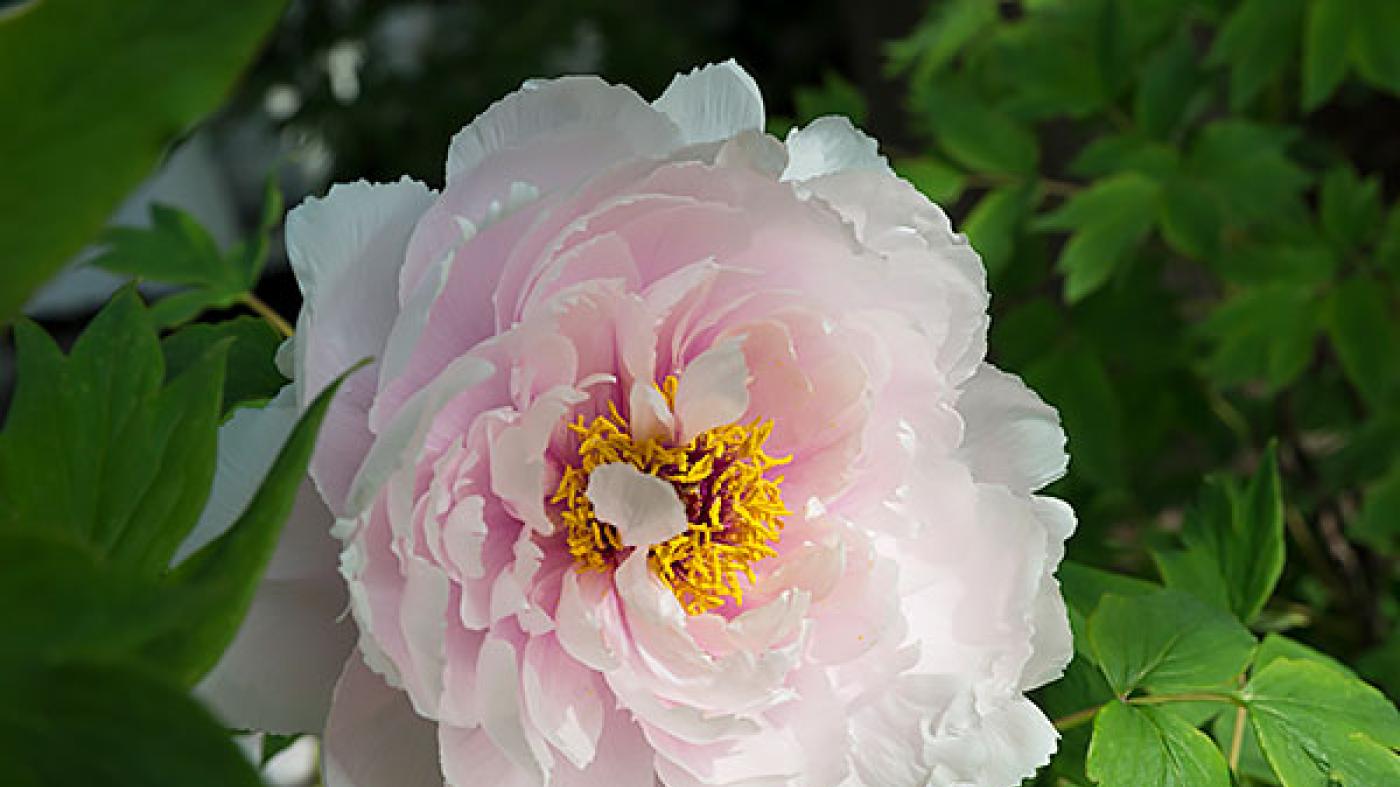
Annual and Perennial Care
Stake tall perennials before they reach 6 inches. Begin to regularly pinch back fall-blooming perennials such as chrysanthemums, asters and tall sedums. Pinch once a week until the middle of July. This promotes stocky growth.
Continue to direct the growth of perennial vines on their supports. Climbing roses should be encouraged to develop lateral, flower-bearing canes.


